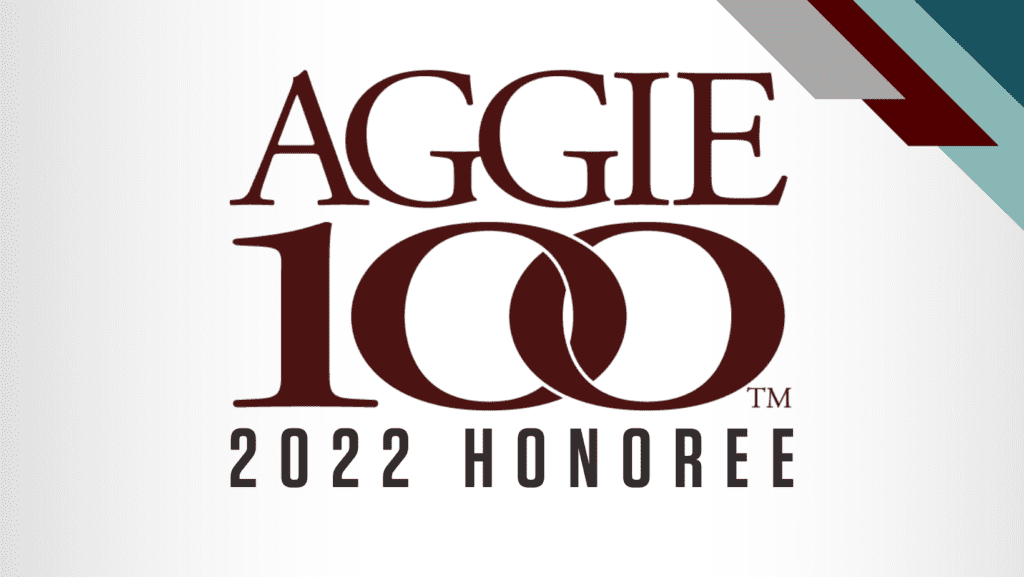When making strategic decisions for your business, knowing how much cash is realistically available is important to successful planning. While the amount in your checking account reflects one figure, the amount you have access to can be quite different.
Examine the type of accounting your business follows.
There are two types of accounting: cash-basis and accrual-basis.
Cash-basis accounting: Revenue and expenses are recognized at the time cash is received and when bills are paid. Barring any large capital purchases, your checking account will align closely with your profit and loss statement.
Under cash-basis accounting, if your business sends invoices to customers in January that are not paid until February, the revenue will be reflected on the profit and loss statement in February. Similarly, any bill received from a vendor in January will be reported on the P&L when your company actually pays the bill.
Accrual-basis accounting: Follows the matching theory where income is recognized at the time it is earned and expenses are recorded when liabilities are incurred, regardless of when cash is received or paid.
Under accrual-basis accounting, if your business sends invoices to customers in January that are not paid until February, the revenue will be counted in the books in January. Similarly, expenses incurred in January should be reflected in January’s books even if they haven’t been paid.
There are advantages to both accounting methods.
Most businesses follow cash-basis accounting when starting out. It is easier to understand, and for most small businesses, it’s the way their tax returns are prepared. While it is certainly more straightforward, it is not designed to scale.
As soon as you are considering a business loan or an initial round of funding, it’s time to convert your books to accrual basis. Any investor or buyer will want to see accrual-based books, as this method closely matches revenue and expenses, accounts for known expenses, and smooths out large swings in financial reporting.
Exceptions to cash-basis accounting
There are cash events that are not immediately recognized on the profit and loss statement:
1.Purchasing equipment with a cost exceeding $2,500.
Absent a company capitalization policy, the IRS states equipment bought at a cost of $2,500 or more should be capitalized. It’s recorded on the balance sheet and recognized over the life of that asset.
Example
Your business purchases a laptop for $3,000. Although that cash has been spent, it will land on your balance sheet and, if this asset has a three-year life, $1000 will be recognized each year.
2. Loans
If your company takes out a loan, this liability goes on your balance sheet. Only the interest portion of payments hit the profit and loss. The principal part of the payment reduces the liability.
3. Distributions
If the business owner decides to take money out of the company outside of a salary, it’s recorded on the balance sheet and does not affect the P&L.
Business growth may require transitioning to an accrual basis.
The IRS states that a business must convert to accrual-basis accounting if its average gross receipts exceed $26,000,000 over a three-year period.
At Walker Glantz, we’ve moved many clients over from cash basis to accrual basis accounting. Many of our tech clients started off on a cash basis, and we converted their books to accrual-based once they looked to secure funding.
What does the conversion process look like?
We will start by picking a cutoff date. Usually this coincides with a fiscal year end. We examine the following general ledger accounts:
-Accounts payable
-Accounts receivable
-Prepaid expenses
-Accrued expenses
Converting to accrual-basis accounting could be the next step your business needs.
If your business follows cash-basis accounting and you have serious plans for growth, it might be time to switch to an accrual basis. As soon as you convert, your company’s financial processes are more sophisticated even if operations haven’t changed. It will make it a more attractive prospect to investors and can transform the trajectory of your business.
At Walker Glantz, we are here to guide you through the conversion process. We’ll look at your business in laser detail and decide whether it is the best option for you.
If you would like to discuss how we can help you, fill out this form to get started.




